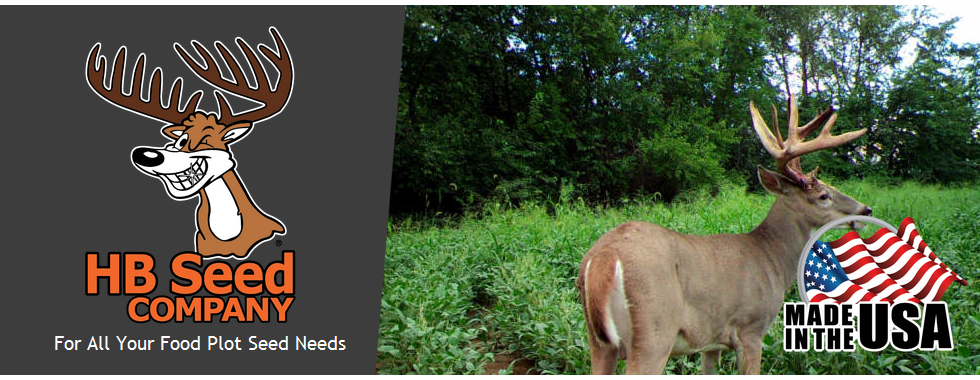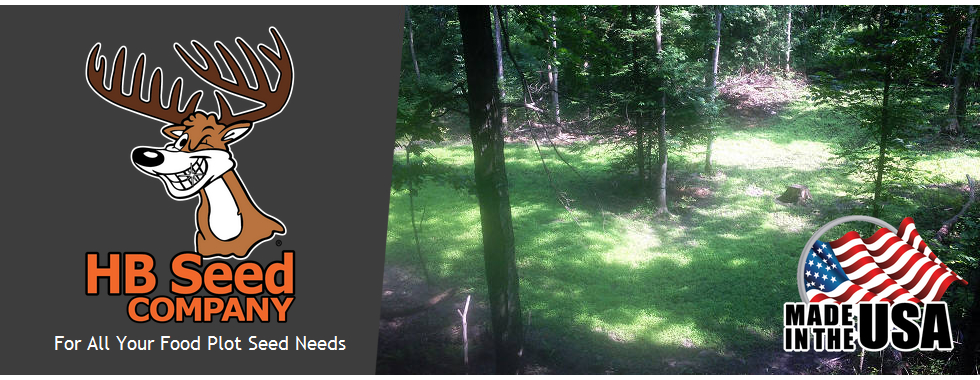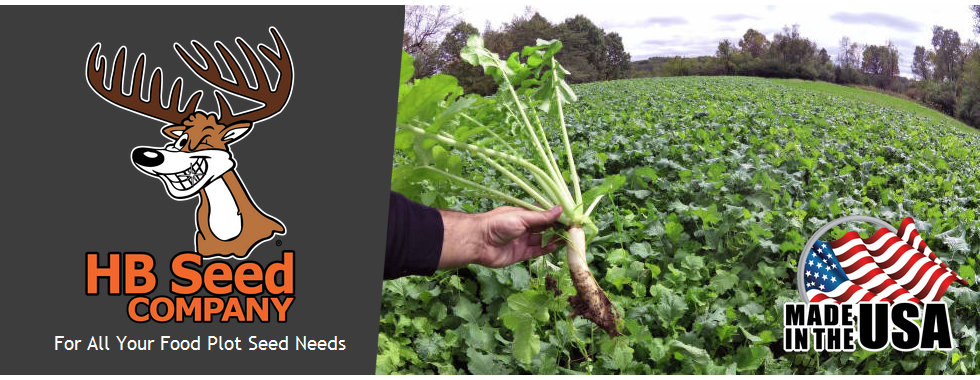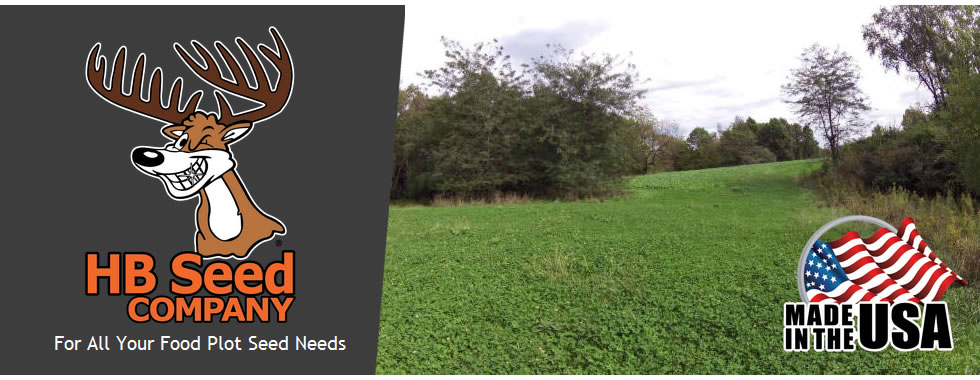
Monthly Archives: February 2018
Tagged Out Sale

How To Start a Spring Food Plot With Little Or No Tools
Most people are not thinking about food plotting in mid-February. But us whitetail-crazed nuts are a little bit different. We are always thinking about what could possibly give us an edge on that buck we are after. If you follow this page, you have probably already seen the advantages food plotting can give you, or you are interested starting your very first food plot to help give you success in the whitetail woods.
Today we are going to talk about one of the best ways to start your first food plot. The great part about this method is it requires minimal tools, and mother nature does the majority of the work for us. So what is this strategy? Frost seeding, frost seeding clover to be exact.
There are many advantages of putting clover in early spring. This can be a very stressful part of the year for a whitetail, especially in early spring when there are still heavy frosts. Providing clover for these deer is a great way to add extra protein to their diet during a female’s gestation period, and a male’s primary antler growing season.
So how do we go about frost seeding? The process is very simple actually, and that is what makes this such an effective strategy for feeding our deer. The first step is timing. Timing is everything when it comes to frost seeding. We need to focus on a time period when we have freezing temperatures at night, and temperatures that are high enough for the ground to thaw during the day. Here in the Midwest this is usually during March that we see these conditions. The reason we need these freezing and thawing conditions, is because it creates an expanding and contracting surface area with every freeze and thaw. This literally sucks the clover seeds into the dirt, and provides perfect conditions for germination.
The fact that the freezing and thawing is getting our seeds into the ground is what makes frost seeding so advantageous. We don’t need a drill or a cultipacker, mother nature takes care of that for us. The next thing we need to look for is a proper place to seed. Really what we need here is an area that is exposed to sunlight, and where we can get good seed to soil contact. Another great advantage to frost seeding is this time of year, we can most likely get great seed to soil contact without any sort of disking or tilling. The grass isn’t growing yet, and we can usually get our seed into the dirt without having to disturb the soil too much.
Now all that’s left is broadcasting the seed. When it comes time to seed, we usually want to apply about 4 pounds per half acre, with frost seeding we want to go a little heavier. Just because of the process it takes, we want to be looking at about 5 pounds per half acre. Horny Buck Seed’s Luck o’ Blend is a great option for frost seeding. This is a great mixture of 5 different clovers, including white and red varieties. It also has rye grass, and birds foot trefoil, two other great seeds for frost seeding.
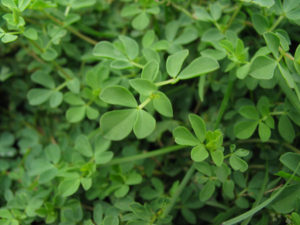
Birds Foot Trefoil

After we broadcast our seed, all that is left to do is let mother nature work. Our seed will get absorbed into the earth, and germination will start rather quickly. Providing great nutrition for our deer during the spring and summer, and also giving us a great hunting spot come fall. Clover is also a great food source for turkeys, providing us with another hunting opportunity in the spring.
We hope you enjoyed this article, and consider taking advantage of this great food plotting method. Frost seedingis a great way to get food plots in with minimal equipment and time.
